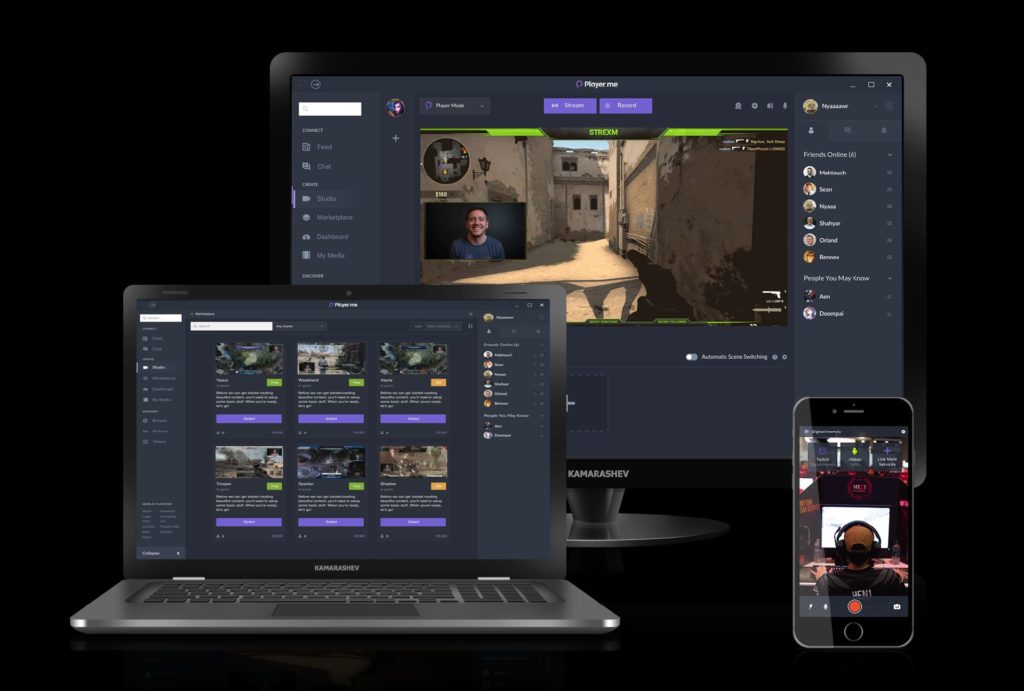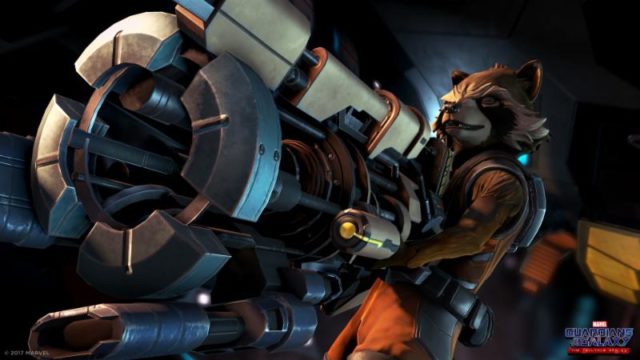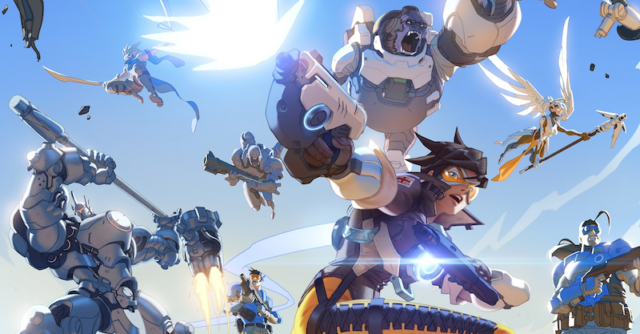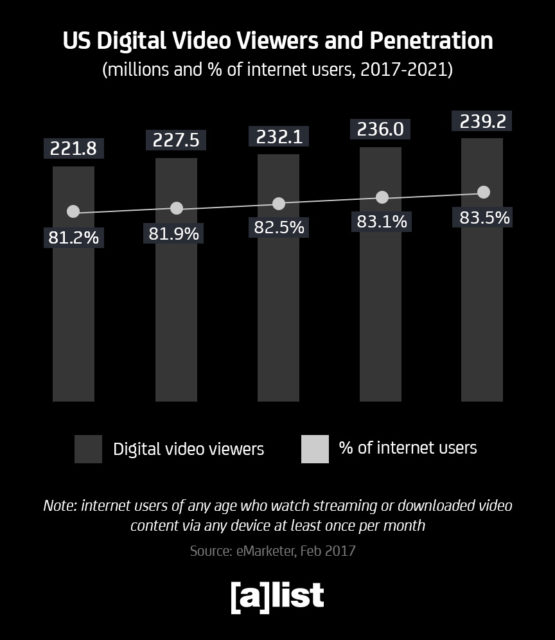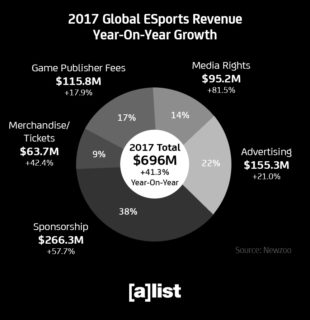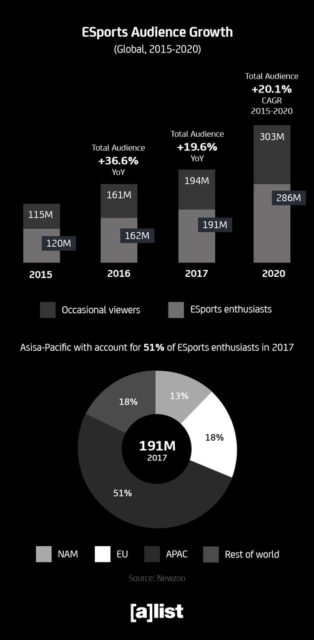Even though the first new class of Celebrity cruise ship in 10 years won’t set sail until next fall, media was invited to experience the Celebrity Edge at the brand new Innovation Lab at Royal Caribbean headquarters in Miami, Florida. This marks the first time that any company in the cruise industry has used virtual reality to design an entire ship. The Innovation Lab, which is home to the largest CAVE (cave automatic virtual environment) in the world, allowed Royal Caribbean to create every inch of the ship in virtual reality before a single steel rivet was hammered at the STX shipyard in France.
The room-sized CAVE allows for a dozen people to step into a 3D replica of the 2,918-passenger ship, wearing 3D glasses to be fully immersed in the environment. Wall-sized displays bring the ship’s many rooms and decks to life from floor to ceiling, allowing a navigator to virtually stroll down corridors and through verandas.
Richard D. Fain, chairman and CEO of Royal Caribbean Cruises, told [a]listdaily that while virtual reality simulation has been used before, it’s been on ad hoc occasions.
“What we’ve done with Celebrity Edge is decided that technology is such a powerful tool that we want to use it for all aspects of the vessel,” Fain said. “This is the first ship where everything has been looked at three-dimensionally, and we have been able to harness all that power. The advantage is that it democratizes the process. In a normal design process, there are only a few people like the architects, designers and a few executives that can draw lines. Most people cannot look at a blueprint or a two-dimensional drawing and have a real understanding of the spacial relationships. One of our most powerful weapons in the fight for greater innovation is our people. They are imaginative, but they’re also knowledgeable and they’re motivated to try and find new and better ways to do things.”
 Some of the new things the Edge class ships will introduce to the industry include an infinite veranda stateroom, which uses French doors to extend the room into the balcony space. This increases the stateroom size by 23 percent and brings guests to the “edge” of the ocean view. Shifting the room design also increases the bathroom size by 20 percent.
Some of the new things the Edge class ships will introduce to the industry include an infinite veranda stateroom, which uses French doors to extend the room into the balcony space. This increases the stateroom size by 23 percent and brings guests to the “edge” of the ocean view. Shifting the room design also increases the bathroom size by 20 percent.
“The beauty of being able to do these things in three dimensions is you get a true sense of scale,” Fain said. “That helps us to visualize taking this from a concept and actually designing the room to exploit the extra space.”
Another innovation on the Edge is a tennis court-sized Magic Carpet cantilevered floating platform that can move up and down the side of the ship’s 15 decks providing a variety of dining experiences for guests at different times of the day. This concept underwent many iterations as designers decided to expand the number of decks this platform could traverse.
“Being able to actually see it in 3D was eye-opening,” Fain said. “It inspired us to expand this platform in new ways. And it really helped us to understand how much better we could connect ourselves with the ocean. Part of what makes the Magic Carpet work is the fact the whole side of the ship is more openly connected to the ocean.”
While VR is being used behind-the-scenes to design ships, Celebrity is also using augmented reality to allow guests to explore ships. The new Celebrity Cruise app can be used on ships to learn more about the thousands of art pieces that adorn each vessel. Celebrity also used AR technology at the press event to unlock additional photos and information in each of the mock-up suites and rooms they designed inside the Innovation Lab.
“When you scan the piece of art, it will tell you who the artist is, what their background is and what other work they’ve done,” Fain explained. “Those kinds of visualizations are very powerful.”

While the Wow band and app debuted two years ago, new features like augmented reality and upcoming additions like facial recognition allow Celebrity to improve the customer experience as technology advances.
“We’ve had the benefit of two year’s head start and the infrastructure and connectivity has grown,” Fain said. “We’ve chosen to go to a more open source platform because the pace of change is extraordinary. I believe that the pace of change that we experience today is slow compared to what we will experience tomorrow, so you need the flexibility and the speed that open source technology gives you.”
Fain said that, by the end of this year, 15-to-20-percent of Royal Caribbean’s fleet will have this new open source Wow band technology and half of the ships will use it by the end of next year.
“We have to assume that a lot of our guests are not particular tech savvy, and the purpose of this technology is to improve the vacation experience for all of our guests,” Fain said. “We want to make it so that the guest has a better experience. One of the issues that people have when they travel, in general, is that it takes them out of their comfort zone. The beauty of technology is it helps you do everything from plan your vacation at home through the app and navigate the ship and shore experience during your vacation. Technology allows us to better understand our surroundings—even before we get there.”
Celebrity Edge is slated to set sail from Fort Lauderdale’s Port Everglades starting December 16 on alternating seven-night Eastern and Western Caribbean voyages. Celebrity Beyond, the second Edge class ship, will launch in spring 2020. Two additional ships will be built with anticipated launches in 2021 and 2022.

 This amusement park isn’t just for playing around. Kids are discovering a passion for coding and they’re learning to make money from their talents. Bhaumik explained that “about two years ago, we developed a monetization strategy where we would allow kids to buy virtual currency called robux. What you can do with it is buy things such as avatar clothing and special powers within games. Our developers get to choose what kind of experience they have for monetization in their games and we do a revenue share with them.”
This amusement park isn’t just for playing around. Kids are discovering a passion for coding and they’re learning to make money from their talents. Bhaumik explained that “about two years ago, we developed a monetization strategy where we would allow kids to buy virtual currency called robux. What you can do with it is buy things such as avatar clothing and special powers within games. Our developers get to choose what kind of experience they have for monetization in their games and we do a revenue share with them.”


